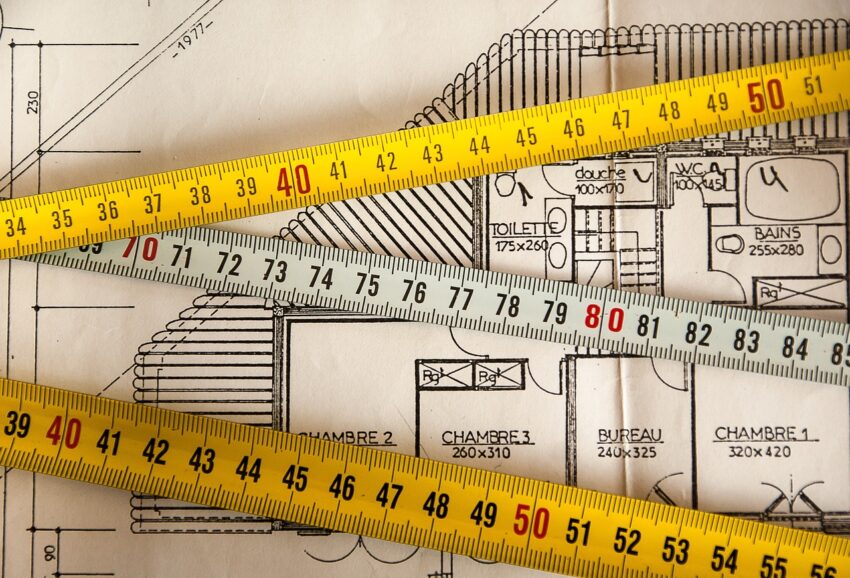-
Table of Contents
- Architect: The Art of Building Futures
- The Role of an Architect
- Design and Creativity
- Technical Expertise
- Project Management
- Impact on Communities
- Public Spaces
- Affordable Housing
- Sustainability in Architecture
- Green Building Certifications
- Case Study: The Edge, Amsterdam
- Technological Advancements
- Building Information Modeling (BIM)
- 3D Printing
- The Future of Architecture
- Smart Cities
- Adaptive Reuse
- Conclusion
Architect: The Art of Building Futures
Architecture is more than just the creation of buildings; it is the art of shaping the future. Architects play a pivotal role in designing spaces that not only meet the functional needs of society but also inspire and uplift the human spirit. This article explores the multifaceted world of architecture, highlighting its impact on communities, the environment, and the future.
The Role of an Architect
Architects are responsible for the conceptualization, design, and construction of buildings and other structures. Their work involves a blend of creativity, technical knowledge, and project management skills. They must consider various factors such as aesthetics, safety, sustainability, and functionality.
Design and Creativity
At the heart of architecture lies creativity. Architects must envision spaces that are not only practical but also visually appealing. This requires a deep understanding of design principles, materials, and cultural contexts. Iconic structures like the Sydney Opera House and the Guggenheim Museum in Bilbao are testaments to the power of creative architectural design.
Technical Expertise
Beyond creativity, architects need a strong foundation in technical knowledge. This includes understanding structural engineering, building codes, and construction methods. For instance, the Burj Khalifa in Dubai stands as a marvel of engineering, requiring innovative solutions to address challenges posed by its immense height.
Project Management
Architects often oversee projects from inception to completion. This involves coordinating with various stakeholders, managing budgets, and ensuring that projects are completed on time. Effective project management is crucial for the successful realization of architectural visions.
Impact on Communities
Architecture has a profound impact on communities. Well-designed spaces can foster social interaction, enhance quality of life, and promote a sense of belonging. Conversely, poorly designed environments can lead to social isolation and other negative outcomes.
Public Spaces
Public spaces such as parks, plazas, and community centers play a vital role in urban life. They provide areas for recreation, socialization, and cultural activities. The High Line in New York City is a prime example of how repurposing an old railway line into a public park can transform a neighborhood and bring people together.
Affordable Housing
Architects are increasingly focusing on creating affordable housing solutions to address the global housing crisis. Innovative designs and sustainable materials are being used to build cost-effective homes that provide dignity and comfort to residents. Projects like the Quinta Monroy Housing in Chile demonstrate how thoughtful design can make a significant difference in people’s lives.
Sustainability in Architecture
Sustainability is a key consideration in modern architecture. Architects are at the forefront of designing buildings that minimize environmental impact and promote energy efficiency. This is achieved through various strategies such as using renewable materials, incorporating green roofs, and optimizing natural light.
Green Building Certifications
Green building certifications like LEED (Leadership in Energy and Environmental Design) and BREEAM (Building Research Establishment Environmental Assessment Method) provide frameworks for assessing the sustainability of buildings. These certifications encourage architects to adopt eco-friendly practices and reduce the carbon footprint of their projects.
Case Study: The Edge, Amsterdam
The Edge in Amsterdam is often cited as one of the greenest buildings in the world. It features a range of sustainable technologies, including solar panels, rainwater harvesting, and an intelligent lighting system that adjusts based on occupancy and natural light levels. The building serves as a model for future sustainable architecture.
Technological Advancements
Technology is revolutionizing the field of architecture. From computer-aided design (CAD) software to 3D printing, new tools are enabling architects to push the boundaries of what is possible.
Building Information Modeling (BIM)
Building Information Modeling (BIM) is a digital representation of the physical and functional characteristics of a building. It allows architects to create detailed 3D models that can be used for planning, design, construction, and maintenance. BIM enhances collaboration among stakeholders and improves the accuracy of project outcomes.
3D Printing
3D printing is another technological advancement that is making waves in architecture. It allows for the creation of complex structures with precision and speed. For example, the first 3D-printed office building in Dubai showcases the potential of this technology to revolutionize construction methods.
The Future of Architecture
The future of architecture is shaped by evolving societal needs, technological advancements, and environmental challenges. Architects will continue to play a critical role in addressing these issues and creating spaces that enhance human well-being.
Smart Cities
Smart cities integrate technology and data to improve urban living. Architects are designing buildings and infrastructure that are interconnected and responsive to the needs of residents. This includes smart homes, efficient public transportation systems, and sustainable energy solutions.
Adaptive Reuse
Adaptive reuse involves repurposing existing buildings for new uses. This approach not only preserves historical structures but also reduces the environmental impact of new construction. Projects like the Tate Modern in London, which transformed a former power station into an art museum, highlight the potential of adaptive reuse.
Conclusion
Architecture is a dynamic and evolving field that shapes the future of our built environment. Architects blend creativity, technical expertise, and project management skills to design spaces that meet the needs of society. Their work has a profound impact on communities, the environment, and the future. As technology advances and societal needs change, architects will continue to innovate and create spaces that inspire and uplift the human spirit.
